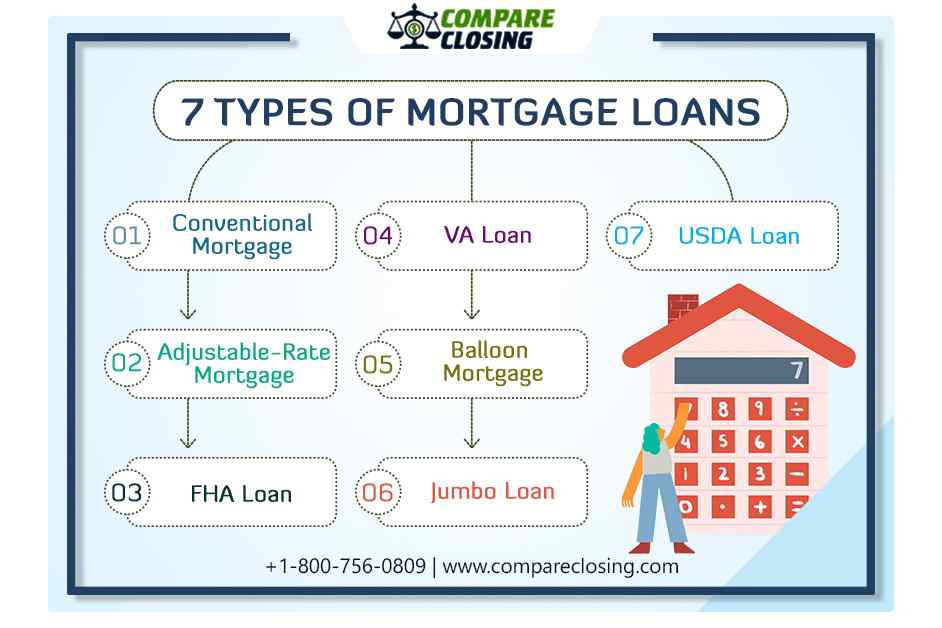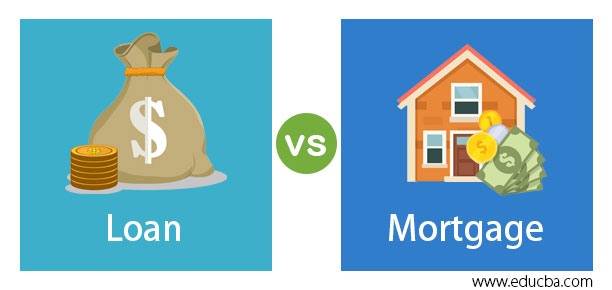Maximize Your Homebuying Possible with Conventional Mortgage Loans
Maximize Your Homebuying Possible with Conventional Mortgage Loans
Blog Article
The Necessary Variables to Think About When Finding Between Fixed-Rate and Variable-rate Mortgage Fundings
When examining home loan options, borrowers encounter an essential decision between fixed-rate and adjustable-rate lendings, each offering prospective pitfalls and distinctive benefits. Key factors to consider such as rate of interest rate security, predictability in monthly settlements, and the ramifications of potential price adjustments can dramatically affect long-term economic health.
Rates Of Interest Security
When selecting a home mortgage, comprehending rate of interest security is vital for educated decision-making. Rate of interest can dramatically affect the total expense of a home mortgage, and acknowledging the nature of these prices is vital for consumers. Fixed-rate home loans supply the advantage of constant month-to-month repayments over the life of the loan, protecting consumers from market fluctuations. This security allows house owners to intend their financial resources with better assurance, as they will not be impacted by increasing interest rates.
On the other hand, variable-rate mortgages (ARMs) start with reduced first prices that might transform occasionally based upon market problems. While this can cause reduced settlements originally, it also presents unpredictability, as consumers might encounter raised settlements if rate of interest climb. For those taking into consideration an ARM, it is essential to analyze the chance of price adjustments, the possibility for payment boosts, and the size of the preliminary fixed-rate duration.
Inevitably, the selection in between fixed-rate and adjustable-rate home loans rests on individual risk resistance and economic scenarios. Comprehending rate of interest rate stability aids debtors make notified choices that line up with their long-lasting financial objectives.
Regular Monthly Repayment Predictability
While borrowers often focus on rate of interest security, the predictability of regular monthly repayments is equally vital in the home loan selection procedure (Conventional mortgage loans). Regular monthly payment predictability plays a critical duty in budgeting and monetary preparation, as it directly affects a house owner's capital and general financial health and wellness
Fixed-rate mortgages supply a constant month-to-month repayment throughout the life of the car loan, permitting customers to anticipate and prepare their expenses successfully. This stability can be especially advantageous for newbie homebuyers or those on a fixed revenue, as it gets rid of the unpredictability associated with rising and fall payments.
Alternatively, adjustable-rate mortgages (ARMs) commonly feature reduced first repayments that can transform over time, causing possible variability in monthly responsibilities. While at first appealing, this unpredictability can make complex economic planning, specifically if consumers do not make up future price changes.
Potential Rate Modifications
In the world of adjustable-rate mortgages (ARMs), prospective rate adjustments stand for a significant element that debtors should thoroughly think about. Unlike fixed-rate home mortgages, where the passion price remains unchanged for the life of the funding, ARMs are defined by rising and fall rates of interest that are linked to market indices. This irregularity can bring about significant adjustments in month-to-month settlements, influencing the consumer's economic preparation and budgeting.
Customers must be mindful of the margin and index utilized to calculate these changes, as they directly affect future rate of interest rates. In addition, ARMs commonly consist of caps that limit just how much the interest price can enhance at each change and over the life of the finance, which can offer some degree of protection versus drastic price walks.
Comprehending these potential modifications is essential for consumers, as they directly influence long-term repayment obligations. As a result, evaluating individual financial circumstances and take the chance of tolerance is crucial when choosing whether an ARM straightens with one's financial goals.
Car Loan Term Factors To Consider
Funding term considerations play an essential function in the decision-making process for customers choosing between fixed-rate and adjustable-rate home mortgages. The size of the financing term dramatically influences month-to-month repayments, rate of interest rates, and overall economic preparation.

Eventually, debtors should assess their individual conditions, financial goals, and market problems when evaluating the implications of loan term selections within each home loan type.

General Price of Borrowing
The overall expense of borrowing is a vital element that can dramatically influence a consumer's option in between fixed-rate and adjustable-rate home mortgages. Fixed-rate mortgages use predictable regular monthly payments, as the rates of interest remains continuous throughout the loan term. This predictability can cause reduced overall expenses, specifically in a stable or decreasing rates of interest atmosphere. Consumers can budget successfully, recognizing their payments will not change.
On the other hand, variable-rate mortgages (ARMs) typically begin with lower preliminary rates, resulting in lowered in advance costs. However, these prices can increase after an initial period, causing potentially greater lasting prices. Borrowers must consider the frequency and level of price visit this page changes, along with the general financing period, to precisely examine the monetary ramifications.
Furthermore, the overall price of loaning includes not only rate of interest yet additionally charges and other associated prices, such as shutting costs and insurance (Conventional mortgage loans). Therefore, when reviewing home mortgage choices, customers should perform a complete expense analysis over the life of the financing. By doing so, they can make an educated choice that lines up with their financial objectives and risk resistance
Conclusion
Interest rate security and month-to-month settlement predictability are paramount for efficient budgeting, while the capacity for price adjustments in ARMs presents economic uncertainty. Additionally, the anticipated duration of homeownership and the general price of loaning, consisting of interest rates and associated charges, should line up with private monetary scenarios and take the chance of resistance.
Key considerations such as interest rate stability, see this predictability in monthly payments, and the implications of potential price changes can significantly impact long-term economic wellness. Passion prices can substantially affect the general expense of a mortgage, and recognizing the nature of these prices is crucial for consumers. Unlike fixed-rate mortgages, where the passion price continues to be unchanged for the life of the financing, ARMs are identified by changing rate of interest rates that are linked to market indices. In addition, ARMs commonly include caps that limit just how a lot the interest price can boost at each modification and over the life of the lending, which can provide some degree of security versus extreme rate walks.
Passion rate security and regular monthly payment predictability are vital for reliable budgeting, while the capacity for price modifications in ARMs introduces economic uncertainty.
Report this page